A reporter took off when a herd of bison approached him. Yellowstone National Park says he did the right thing | CNN Travel
This content was originally published here.
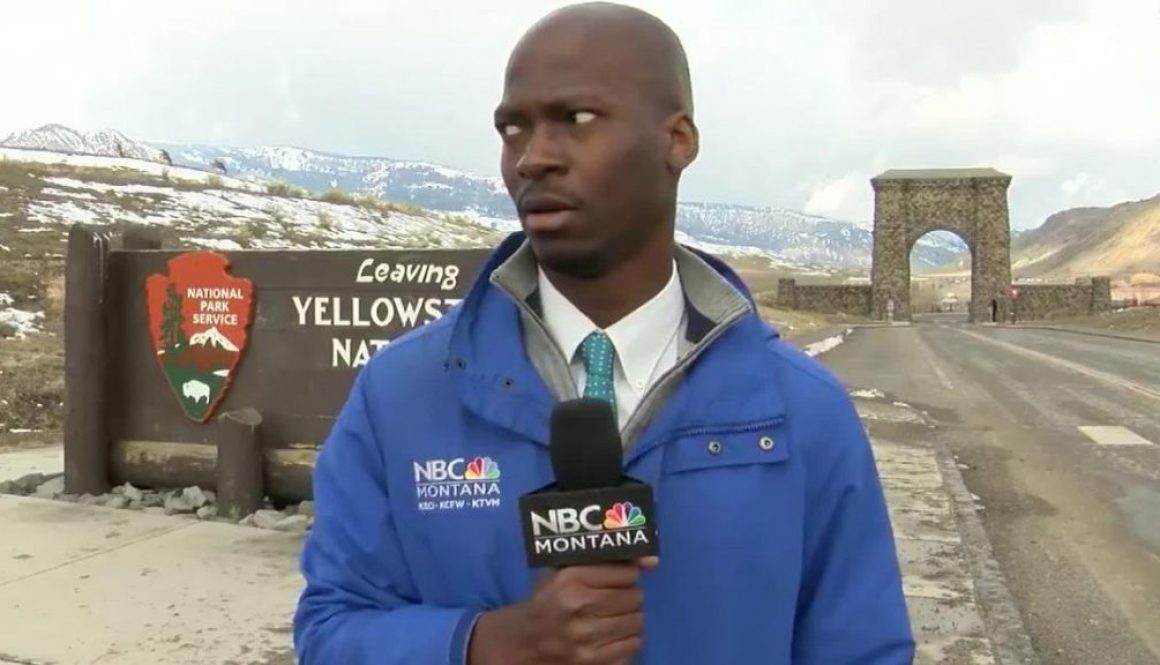
This content was originally published here.

Apple is temporary closing all of its retail stores “outside of Greater China” until March 27th, CEO Tim Cook announced in a letter posted on the company’s website late Friday night. “The most effective way to minimize risk of the virus’s transmission is to reduce density and maximize social distance,” Cook wrote. “We are committed to providing exceptional service to our customers.”
Apple’s online store will remain operational during the downtime for physical retail locations, and customers seeking customer support can visit support.apple.com to find authorized repair shops that remain open.
“The global spread of COVID-19 is affecting every one of us,” Cook wrote. “At Apple, we are people first, and we do what we do with the belief that technology can change lives and the hope that it can be a valuable tool in a moment like this.”
Apple’s “committed donations” to COVID-19 have reached $15 million, according to Cook, and the company will be “matching our employee donations two-to-one to support COVID-19 response efforts locally, nationally and internationally.”
Developing…
This content was originally published here.
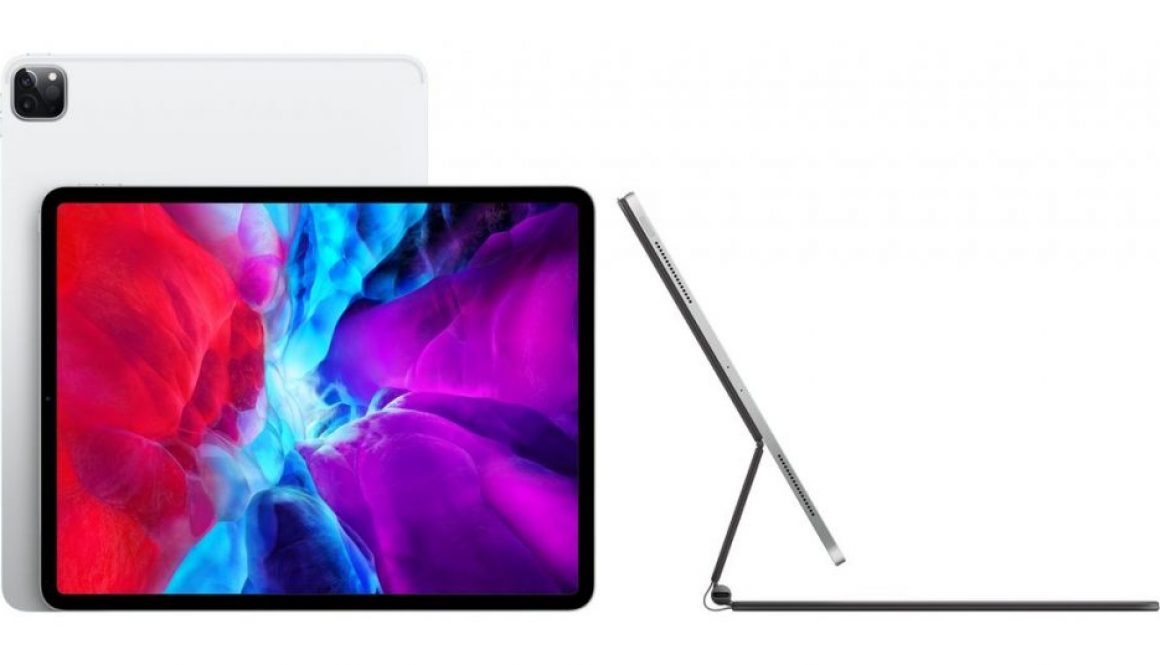
Apple is announcing a new iPad Pro, available online for either $799 or $949 for 128GB Wi-Fi configurations, depending on the size. They’re available to order online now, and Apple says they will ship on March 25th.
Both the 11-inch and 12.9-inch sizes look identical to last year’s models, but there’s a new processor and new camera system inside them both. Apple’s headline feature is that it has a LIDAR scanner to go along with its camera for depth sensing and AR, but what most people are going to notice is that very new keyboard that you can get with it.
The keyboard unfolds and elevates the iPad to a more comfortable viewing position, as you can see above. It also has a trackpad on it. Apple says, “Rather than copying the experience from macOS®, trackpad support has been completely reimagined for iPad. As users move their finger across the trackpad, the pointer elegantly transforms to highlight user interface elements.” You can see very brief examples of it in use in the video below.
Apple is calling it a “Magic Keyboard,” matching the branding it recently used on the redesigned and improved MacBook keyboard. It is backlit, supports USB-C passthrough charging, and has a “smooth angle adjustment.” Unfortunately, it won’t be available until May, but it will be compatible with last year’s iPad Pros as well. And speaking of “unfortunately,” it will cost a whopping $299 for the 11-inch model and $349 for the 12.9-inch version.
As for the iPad Pro itself, Apple has historically had a lot of extra power in the processor, and that appears to be no different this time. Apple calls it the “A12Z Bionic Chip,” with eight cores in the GPU, and Apple isn’t shy about saying that it is “more powerful than most Windows PC laptops.” The company also made a twee ad for it along the lines of its classic “What’s a computer” ad. Battery life is estimated at 10 hours, and it supports gigabit LTE but not 5G.
The three-camera array may look exactly like the three cameras on the iPhone 11 Pro, but on the iPad Pro, it’s a different setup. There’s a regular wide-angle and an ultrawide, but the third sensor is LIDAR, which uses lasers for depth-sensing and augmented reality.
We’ve been expecting a triple-camera system for the iPad Pro for some time now, given the many leaks and rumors about it and its presumed support for more advanced AR features. There have also been plenty of rumors about support for a trackpad on Apple’s Smart Keyboard, something many feel is sorely lacking right now on iPadOS.
The iPad Pro was also due. Apple has historically released a new one every 500 days or so, and, according to MacRumors, it’s been just over 500. The regular, low-end iPad has been updated more recently, and there’s also the iPad Air sitting in the middle. It’s a somewhat confusing product lineup for the iPad, historically speaking.
The new iPad Pro and the also-announced MacBook Air are just two of the many Apple products that rumors suggest are coming in 2020 — if not the first half of the year. There’s a supposed iPhone 9 (or iPhone SE 2, depending on what name you think is most likely), AirTag tracking tags, a revision of the Apple TV, more MacBooks with Mini-LED displays, and more — and that’s setting aside sure bets like new iPhones in the fall.
How (or even whether) Apple intends to announce those products during the pandemic is anybody’s guess. WWDC has converted to an online-only affair, and it’s impossible for anybody to say when it might be a good idea to schedule a large press briefing. We may just end up seeing more press releases like this one sprung on us in the mornings.
The iPads are available in silver and gray, with 128GB, 256GB, 512GB, or 1TB storage options. A fully maxed-out 12.9-inch iPad Pro with 1TB of storage and LTE support costs $1,649. Toss in a Magic Keyboard at $349, and you’re spending $1,998.
Apple iPad Pro (2020)
Shipping March 25th starting at $799
Vox Media has affiliate partnerships. These do not influence editorial content, though Vox Media may earn commissions for products purchased via affiliate links. For more information, see our ethics policy.
This content was originally published here.

This content was originally published here.
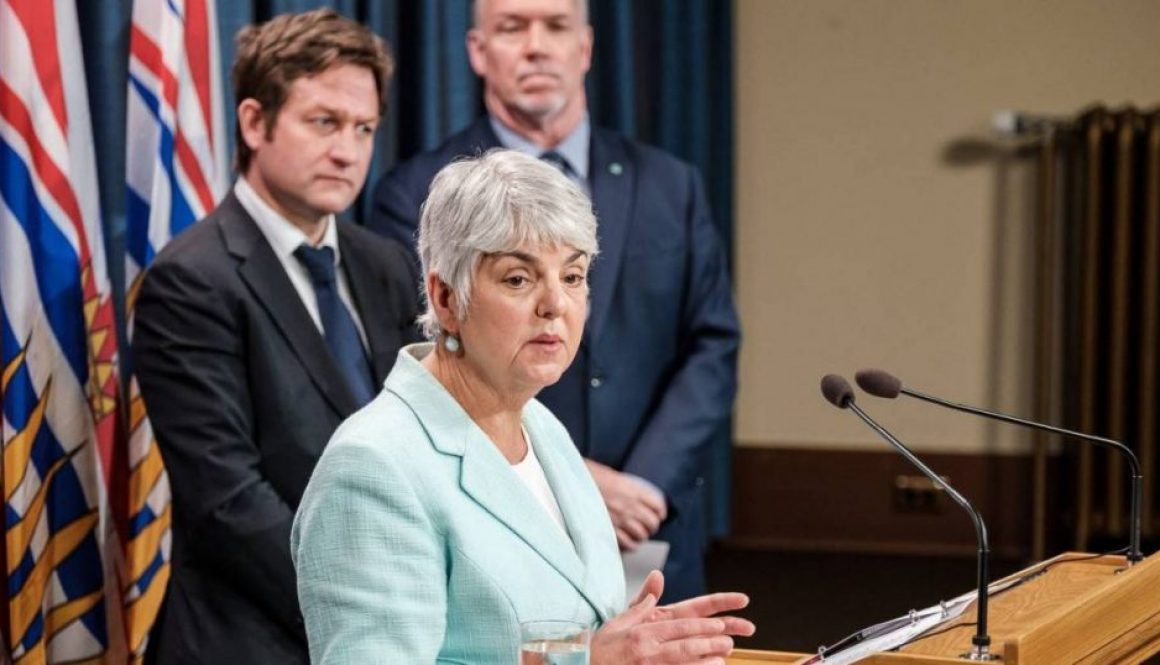
The coronavirus is hammering the B.C. economy. Authorities have encouraged bars and restaurants to limit services, movie theatres are sitting empty, tourist attractions are closed or deserted, and concerts and events of every kind are cancelled or postponed indefinitely.
Today (March 17), B.C. premier John Horgan acknowledged economic concerns brought on by the COVID-19 pandemic and said the provincial government is working on providing relief.
“When I hear the top three things that are on people’s minds across the province, it inevitably comes down to will I continue to receive a paycheque? Is my job secure? Can I pay my rent? Is my business going to get through this?” he said at a press conference in Victoria. “That sense of concern about the consequences of self-isolation, the consequences of social distancing, and the impact that has on the economy and on businesses, is at the top of mind for British Columbians, and indeed all Canadians.”
Horgan revealed that B.C. will amend its Employment Standards Act to prevent layoffs of employees who are forced to stay home from work due to COVID-19.
He also said the province will ask the federal government to examine options with the Employment Insurance Act that could help workers during the coronavirus outbreak.
“The people that I have been talking to, whether they be in labour, whether they be in industry, the B.C. Business Council, chambers of commerce, boards of trade, this is a crisis situation, and we need an appropriate response from all orders of government,” Horgan said.
He added the provincial government would also discuss ideas like rent banks, although gave no details on what that sort of program might look like. In response to a reporter’s question, Horgan also said the province would contemplate implementing a freeze on housing evictions.
B.C. finance minister Carole James discussed the economy further.
“There are three streams that we are working on and that we’re committed to as part of our economic strategy,” she said at the press conference. “The first one is to make sure that we have services and supports in place to protect the health and safety of British Columbians. Second, we are working with the federal government and with their initiatives to bring in immediate relief for people and businesses. And third, we will be building BC’s plan for economic recovery and collaboration with the business community.”
One idea suggested by James was an expansion of unemployment benefits.
“Extending the Employment Insurance program for people who wouldn’t typically qualify, so that would include self-employed, part-time, contractors,” she said.
Details will hopefully come in the next few days, James added.
“The first key…will be to look at what the federal government package looks like, to look at where there are gaps, or to look at where there are opportunities for us to be able to add to federal programs to be able to provide more support,” she said.
“We are all in this together.”
This content was originally published here.
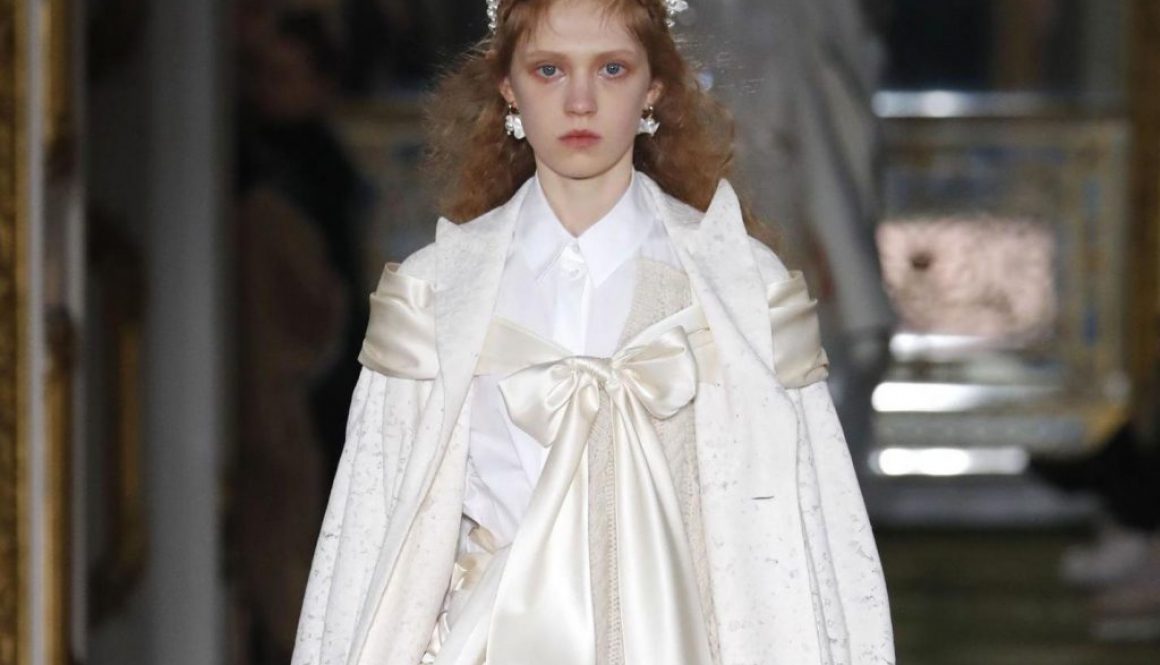
With wedding season almost upon us, newly-engaged couples are preparing for the year of matrimony ahead.
But, as more and more people step away from conventional nuptials and the various traditions that come with them, new twists and modern takes on the celebrations are emerging.
It now seems as though the wedding industry is not too dissimilar to the fashion industry, in that both rely on a constant trend cycle.
Sharing the full story, not just the headlines
To find out which wedding trends are topping the list this year, global fashion search platform Lyst analysed the online shopping behaviour of more than 100 million shoppers a month searching, browsing and buying fashion across 12,000 designers and stores online.
The “Wedding Report” also factored in social media metrics, taking into account influencer and brand followings, multi-platform mentions of products, hashtags and related keywords.
So, what are the key trends for 2020? Here are the styles that look set to define this year’s wedding season for brides and their guests.
Sustainability is more than just a fashion trend and the wedding industry is taking notice.
According to Lyst, brides are becoming increasingly conscious of a wedding’s financial and environmental implications when it comes to their outfits on the big day.
The change in attitudes towards sustainable fashion continues to impact the bridal market, with more and more brides looking for vintage pieces. Online searches for wedding dresses that include the words “vintage”, “second hand” or “pre-owned” are collectively up 38 per cent year-on-year, averaging close to 19,000 searches a month.
Lyst also highlights an increase in searches for simpler, more minimalistic wedding outfits that will not date and can be worn long after the wedding day is over.
Searches for timeless slip dresses from the likes of Asceno, Galvan and Rasario are up 64 per cent quarter-on-quarter, while searches for white blazers and white jumpsuits are up 19 per cent and 36 per cent respectively.
A trend inspired by the costumes seen in Greta Gerwig’s adaptation of the 1868 novel Little Women, puff sleeves are set to be big news for brides this year with searches for the style increasing 38 per cent year-on-year.
When it comes to the brands to watch, Lyst highlights Mother of Pearl and Cecilie Bahnsen as the most searched labels among consumers looking for big sleeves.
However, it also predicts that 2020 will be dominated by the oversized tulle and uber-romantic gowns designed by Simone Rocha, with searches steadily increasing over the last year by 45 per cent and page views spiking 64 per cent in the 24 hours following the brand’s autumn/winter 2020 show.
Mid-length bridal dresses have also seen an increase in demand with 27 per cent more mid-length white dresses on Lyst year-on-year.
The modern-day bride is prioritising personal style and comfort over convention this year.
For 2020, Lyst states that two-piece bridal ensembles are on the rise following a string of high-profile celebrities, including Zoë Kravitz, Ellie Goulding and Hillary Duff, wearing them at their own wedding receptions.
According to Lystt, ASOS is the breakout brand in this category, with over 3,500 brides choosing to wear the ASOS Edition lace crop-top maxi dress on their wedding day.
With wedding dresses getting simpler, brides are giving accessories, such as hair bows and pearl earrings more importance, with both seeing significant increases in views compared to last year.
Online searches for face veils, as seen in the autumn/winter 2020 collections of Rodarte, and Carolina Herrera are also on the rise (306 per cent), while small bags, which are perfect to keep bridal essentials on hand, have also seen an increase in demand, with pieces from Jacquemus, Shrimps and Cult Gaia driving the most sales.
The same goes for wedding guests too, with designer headbands continuing to be in high demand, with searches up 28 per cent over the past four months, year-on-year.
Crystal-embellished and knot headbands have seen the strongest increase in searches with accessories designer Jenifer Behr leading the trend with searches for the brand rising 75 per cent over the last six months.
Floral motifs have become as much of a mainstay during wedding season as free-flowing alcohol and dance offs, but this year guests are scrapping ditsy blooms in favour of bigger and bolder designs.
According to Lyst, daring florals looks set to become a favourite among guests for 2020, with data indicating their continued growth in popularity over the last year, with searches for floral dresses currently up 46 per cent.
Elsewhere, searches for fringed pieces have also been on the rise and are currently up 25 per cent for fringed dresses and 138 per cent for fringed bags.
When it comes to the top brands, it seems guests are not scrimping for their friend’s big days with The Vampire’s Wife’s retro-inspired gowns, which are a favourite of the Duchess of Cambridge, continuing to see a growth in demand, with a 19 per cent increase in views year on year.
This content was originally published here.
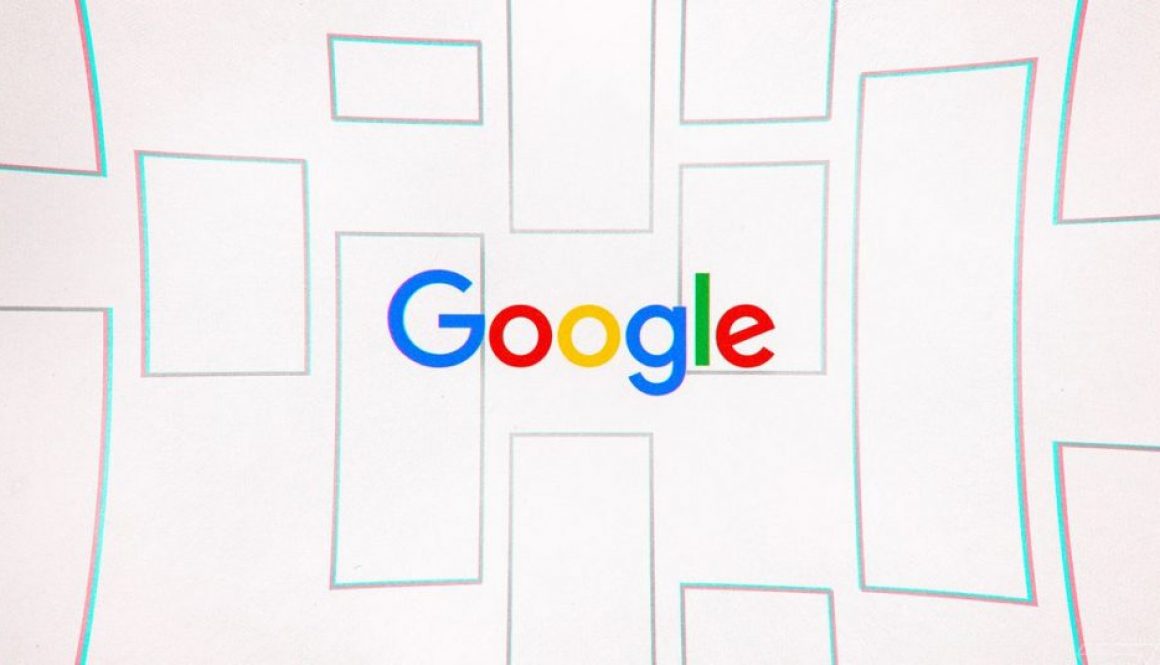
Google is working with the US government in building a specialized website to help people determine whether and how to get a coronavirus test, President Donald Trump said in the course of issuing an emergency declaration for the coronavirus pandemic. The site would allow people to enter their symptoms and then get directed to a nearby testing facility, Trump said.
We have reached out to Google for more information on the website and will update this story when we hear back. President Trump claimed that 1,700 Google engineers are dedicated to the project.
Unfortunately, we don’t know much more about this website, including its URL or when it will launch. Debbie Birx, the White House coronavirus response coordinator, later provided a few more details for the website’s proposed features in the form of a flowchart:
#coronavirus chart pic.twitter.com/d9yR7lAl7C
— Howard Mortman (@HowardMortman)
The new coronavirus is spreading through the US, and several states have made emergency declarations. The World Health Organization has declared it a pandemic. Here are the basics:
As Birx described the website, citizens will be able to enter their symptoms and, depending on what the results are, may be directed to a “drive thru” testing facility. That same website will apparently also be where people can go to find their results.
CNBC says that it has seen an internal Google memo from CEO Sundar Pichai indicating that Verily — a company that’s part of Alphabet but nominally separate from Google — is somehow involved in the project. “The good news is that a planning effort is underway to use the expertise in life sciences and clinical research of Verily in partnership with Google to aid in the COVID-19 testing effort in the U.S,” Pichai wrote, according to CNBC.
Verily engages in several kinds of tech-related medical and life sciences research. It has Project Baseline, where people can sign up for medical research, has worked on smart shoes, and has long-term projects like a temperature-sensing smart body patch.
Alongside the website, the president’s emergency declaration should open up to $50 billion in funding, new testing facilities, and new partnerships with private companies to provide testing services. You can read more on the government’s response in our story.
This content was originally published here.
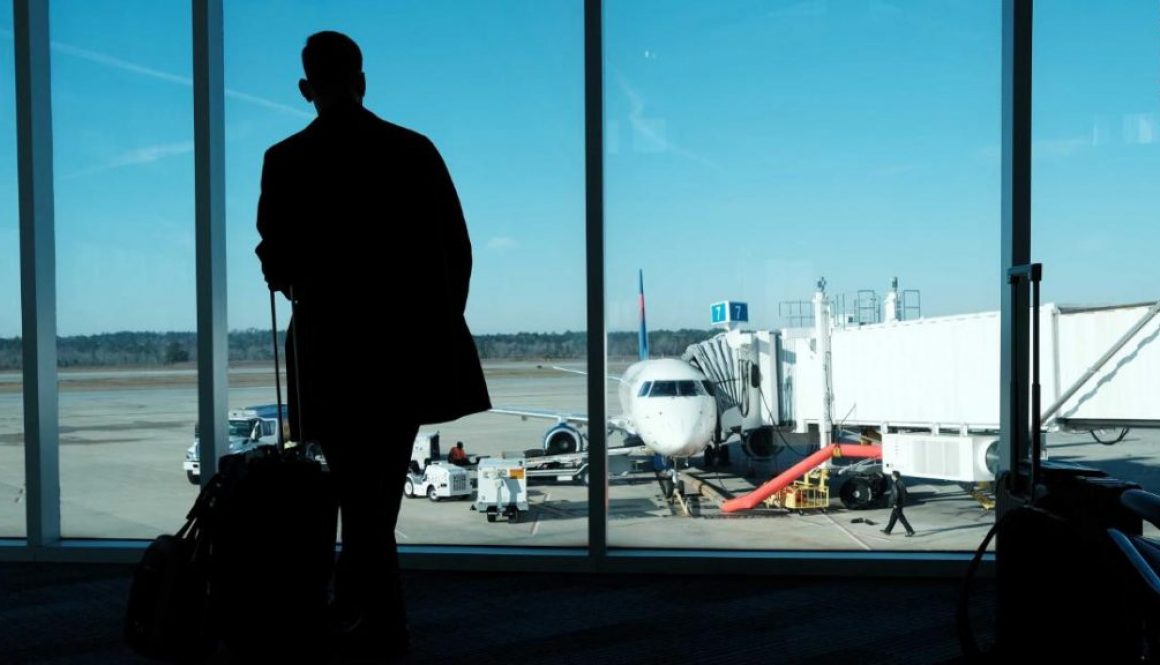
This content was originally published here.
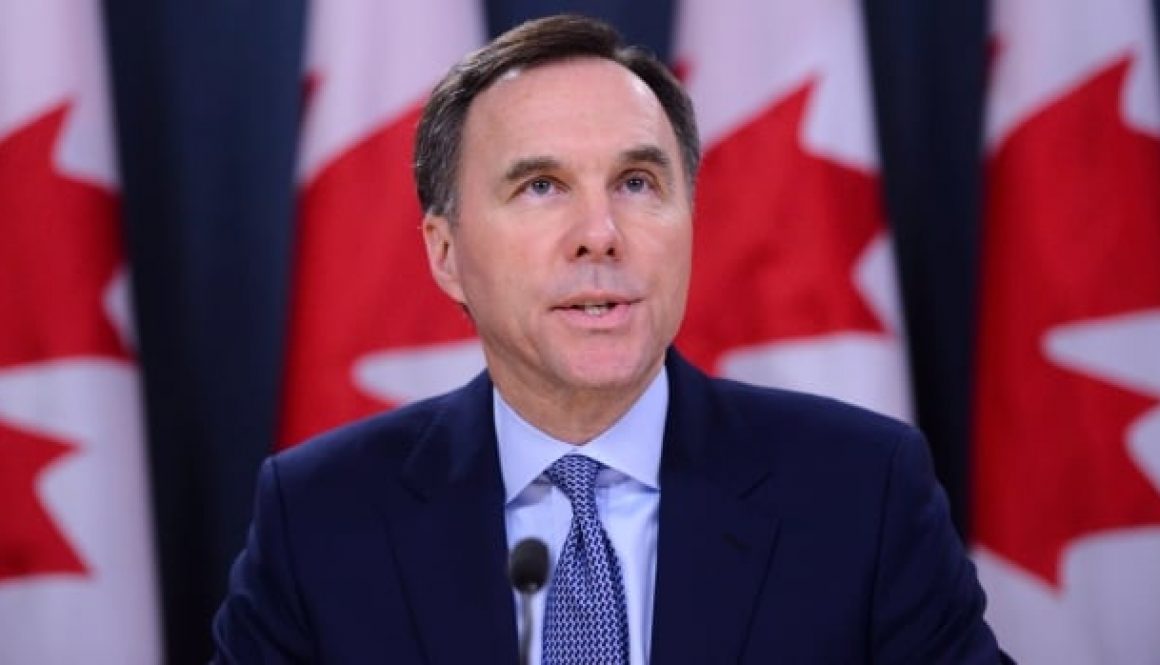
Finance Minister Bill Morneau is expected to unveil an economic aid package on Wednesday morning worth more than $25 billion to help workers and businesses counteract the shock caused by the COVID-19 pandemic.
A senior government official told CBC News that some of the money will be delivered directly to individuals through existing safety net programs, including employment insurance and the Canada Child Benefit.
Morneau will announce the measures in Ottawa. CBCNews.ca will livestream the announcement.
“It’s going to be significant and comprehensive,” the senior government official said.
“People need rent money and groceries. Businesses need to bridge to better times.”
The COVID-19 outbreak has wreaked havoc on the global economy, sending stock prices diving and forcing businesses of all kinds to shut their doors as governments institute lockdowns and other social distancing measures to slow its spread.
Canadian businesses of all sizes are feeling the pain from shutdowns, cancellations and public fear as the number of confirmed cases rises each day.
The reduction in economic activity has been sharp and fast. On Tuesday, TD Economics projected growth in Canada at 0.2 per cent this year, a tiny amount by recent standards. The Bank of Canada said the economic shocks will be doubly problematic for the country, with oil prices sliding lower amid a price war between Russia and Saudi Arabia.
In response, the Bank of Canada and the U.S. Federal Reserve have moved to ease access to credit and slash interest rates.
“The manufacturing sector, which represents one-third of the economy, is being disproportionately hit by this crisis and the necessary containment measures put in place by governments,” said Dennis Darby, the president and CEO of Canadian Manufacturers & Exporters, an industry group.
“Because workers cannot work from home, the school closures are putting significant pressure on the labour force.”
Prime Minister Justin Trudeau said Tuesday that he was considering recalling Parliament to pass emergency economic measures and hinted that the government could allow an extension of the April 30 tax filing deadline.
In a tweet sent and then deleted on Tuesday evening, Liberal MP Ken McDonald said the deadline had been extended to June 1 — a move Quebec made earlier in the day.
When asked for clarification, Janick Cormier, the director of communications for the minister of national revenue, said the government is working with the provinces to harmonize tax relief measures.
Today’s announcement will be in addition to a $1 billion COVID-19 response package and supports for business announced by the government.
Last week, Trudeau pledged $1 billion for increased public health measures. The package includes $275 million for additional research, such as vaccine development, and $200 million for federal medical supplies, supports for Indigenous communities and education efforts.
Another $500 million is going to support provincial and territorial governments.
The federal government has also waived the one-week waiting period for employment insurance.
In addition, Morneau announced last Friday the establishment of a $10 billion credit fund to lend money to businesses to help them continue operations.
Economists say any stimulus package aiming to stabilize the economy must amount to at least 1 per cent of a country’s gross domestic product, which is around $20 to $30 billion for Canada.
Kevin Page, a former parliamentary budget officer and now president of the Institute of Fiscal Studies and Democracy, said $25 billion is on the lower end of what he believes is needed.
“It’s probably even a bit smaller than what we saw in the 2008 financial crisis,” Page told Power & Politics host Vassy Kapelos on Tuesday.
“We’re probably facing something like a double-digit decline on an annual basis in the second quarter, which would be even larger than what we saw in early 2009, early in that financial crisis.”
Page said the first priority is to deal with the public health crisis by making sure there are enough hospital beds, ventilators and medical personnel in place to stem the tide of the outbreak.
Beyond that, Page said, the government needs to ensure that workers have the money they need to get through the next several months.
“Putting money in the hands of workers that are going to be laid off during this time is absolutely crucial,” Page said.
In the U.S., the Trump administration is seeking an economic aid package that could approach $1 trillion, the Associated Press reported.
This content was originally published here.
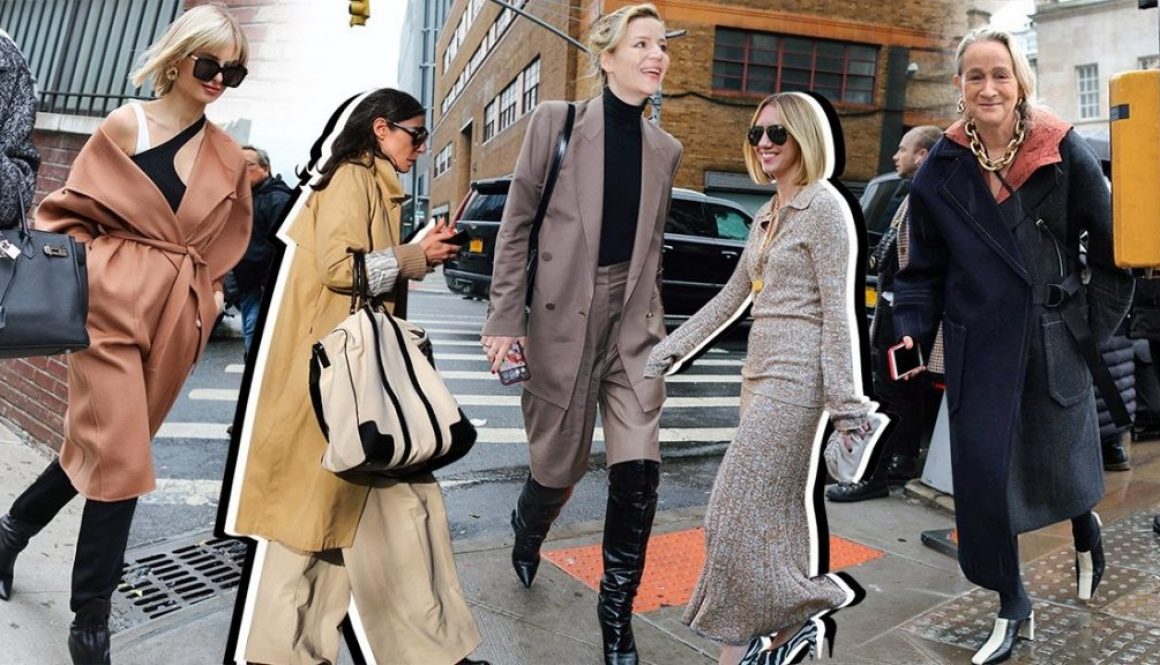
At a time when investing in clothing that is versatile and made to last seems so important, minimalist style is more attractive than ever. And while wardrobe staples and these timeless essentials are a great start to laying the foundation for a no-fail, no-fuss wardrobe, there are still a few spring trends that even the most minimal of minimalists wouldn’t be able to pass up. These solid, elegant silhouettes and neutral, wear-everywhere accessories will fall effortlessly into place with your current wardrobe. From knitted separates and elevated basics to chunky chain jewelry, shop five spring trends minimalists are loving this season.
Coordinating separates just got a whole lot cozier thanks to the top-to-bottom knits trend. You can now (appropriately) dress entirely in soft cashmeres and ribbed wools thanks to relaxed yet thoughtful design elements and chic silhouettes that are similar to what you’d find in something with a bit more structure. Swap pleated skirts for full ribbed knit maxis, poplin shirting for soft polos, or stiff leather trousers for comfortable wide-leg pants. For the ultimate minimalist take, stick to shopping separates that fall under one color palette.
One of the biggest (no pun intended) spring 2020 accessories trends were supersized bags in soft, non-structured shapes — coined as the “big softie”. Both soft leather shopper totes and relaxed canvas weekenders can be used on a daily basis. While they are practical when you need to carry many things, these large bags will look just as chic if you have only a card wallet and lip balm stashed inside.
The slouchy suit is no stranger to minimalist style. But this spring, its tailoring has been cut short, making the style particularly well-adapted to the warmer months. Whatever you want to call them — the bermuda short, the knee-length trouser, even culottes — these bottoms pair perfectly with spring’s blazers. Plus, the long-short silhouette works with both transitional footwear and spring’s key styles, like knee-high boots, clunky oxfords, and glam ‘90s sandals.
Elevated basics is the name of the game when it comes to modern minimalism. Take these, otherwise basic knit tanks and tops for example. Their necklines have been twisted, slashed, and cut out to visual perfection. This spring, minimalists and it-girls alike will show off their décolletage in neat new ways. Simple scoop necks will no longer cut it.
We saw the chunky chain strap emerge in September just before fashion month. It became one of the most popular bag trends of the season. It didn’t take long for the dramatically oversized chainlink to catch on beyond handheld accessories and make its way into the jewelry market. So it comes as no surprise that the seemingly heavy, large gold chain collars and arm candy from the likes of Bottega Veneta, Paco Rabanne, and Laura Lombardi were quickly adopted by minimalist aficionados and street style stars.
This content was originally published here.